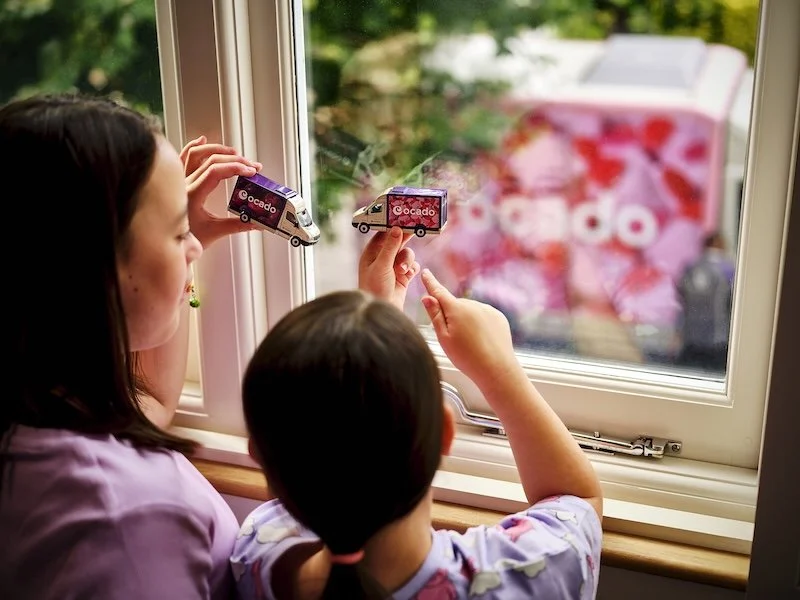Amazon four-star stores: breathing life back into our High Streets
By Scott Clarke, Chief Digital Officer and Global Consulting Leader, Retail, Consumer Goods, Travel and Hospitality, Cognizant
One solution to the rapid decline of the High Street may be Amazon’s ‘four-star’ concept store - the first of its kind. It does precisely what it says on the tin – all of its products are rated at four-stars or above on the e-commerce giant’s website. The concept is based on editing down a vast selection of online products that customers can touch and view in real life.
This store represents a wider move to enhance the level of trust in customer reviews, and reinforces the notion that, to thrive in today’s retail marketplace, having both a physical and an online presence is key. In fact, despite the news, the physical store remains at the hub of retailing with most purchases occurring or being significantly influenced by physical stores. IKEA and Farfetch have already shown how the potential of stationary retail can be combined with online shopping.
Amazon seems eager to continue its push into bricks and mortar, with recent reports of its plans to open a new cashierless store in London showing how it intends to expand its presence beyond the online world. These new stores indicate a wider trend towards new-concept business models in retail, to breathe back some life into our High Streets. But how far should brands go in their attempts to recreate the discovery of online shopping in a physical environment?
The resurgence of the physical store
Increasing competition online is forcing brands to fight tooth and nail to get as close as possible to the consumer, which means recognising that physical presence has a part to play in providing the immersive experience that the internet lacks. Recently, Tesco announced a new discount supermarket under the brand Jack’s. Aimed at competing with the likes of Aldi and Lidl, it will have no online presence and staff will be kept to a minimum to reduce costs.
Amazon’s four-star concept aims to become a shopping destination for window shoppers or those looking for entertainment or to discover something new. Serendipity forms the backbone of the in-store shopping experience and, while retailers have made great progress towards personalisation online, we are yet to see this type of targeting play out on the High Streets.
Careful curation
Such new concept stores reflect the increasing trend where brands are favouring smaller footprints with a carefully curated product mix along a certain theme. Nike has been doing this with its Nike Live Stores and Nike Women. Retailers are looking to use consumer data to become their ‘tastemaker’ - helping to filter down options and make the buying process simpler, more relevant and convenient.
This approach relies on knowing what the customer wants out of a shopping experience, bringing the ‘wisdom of the crowd’ into a physical store, and playing on consumers’ ever-growing obsession with what is trending now.
Low tech – a missed opportunity or breath of fresh air?
What makes the four-star store different to Amazon Go is its relatively low-tech business model. However, one of the key principles of experiential retail is the elimination of friction from the shopping journey. By only having one example of each product, Amazon can help reduce the decision-making time customers face when trying to choose from a multitude of options in a typical commerce environment.
The new store uses advanced omnichannel features whereby the customer can open the Amazon app, take a photo of the product in the store, and have it delivered if they do not want to deal with the inconvenience of carrying it home themselves.
A short-term solution for a long-term problem?
The novelty could start to wear thin without finding new ways of innovating future iterations. Whilst only stocking the best sellers might sound appealing, people ultimately want choice and the opportunity to happen on a good buy, which is not always the top-rated product. So, such heavily curated stores may be better suited as pop-up shops, as a way to capitalise on turnover for fast-moving trends and novelty.
It is hard to predict where the four-star store model sits within Amazon’s mission. The lack of digital integration seems to go against everything the retail giant has been working towards up until now. By limiting its product range, consumers may be left with little choice over price.
However, it is just one example of an industry-wide move towards finding new business models that work for consumers. And it might just save our High Streets. Only time will tell if it will take off or whether consumers will continue to stay at home and order from the convenience of the app.










Continue reading…